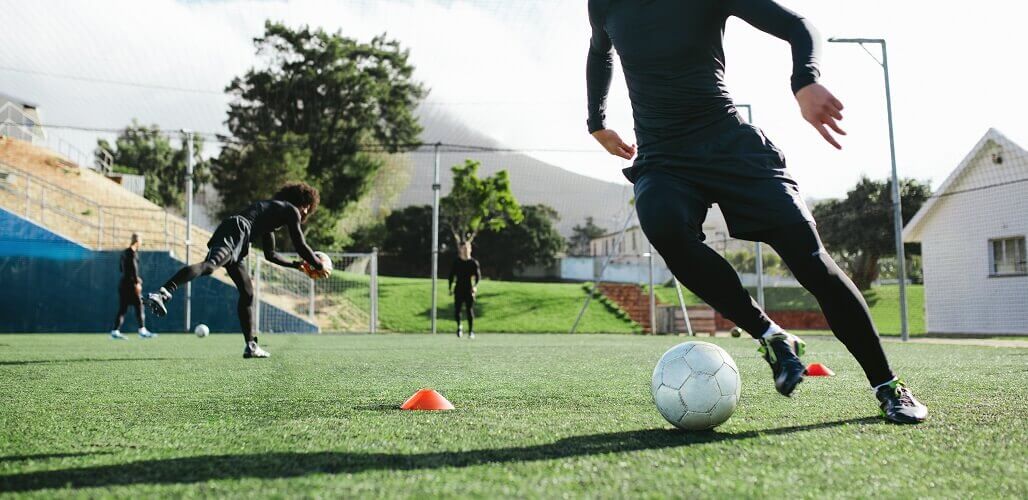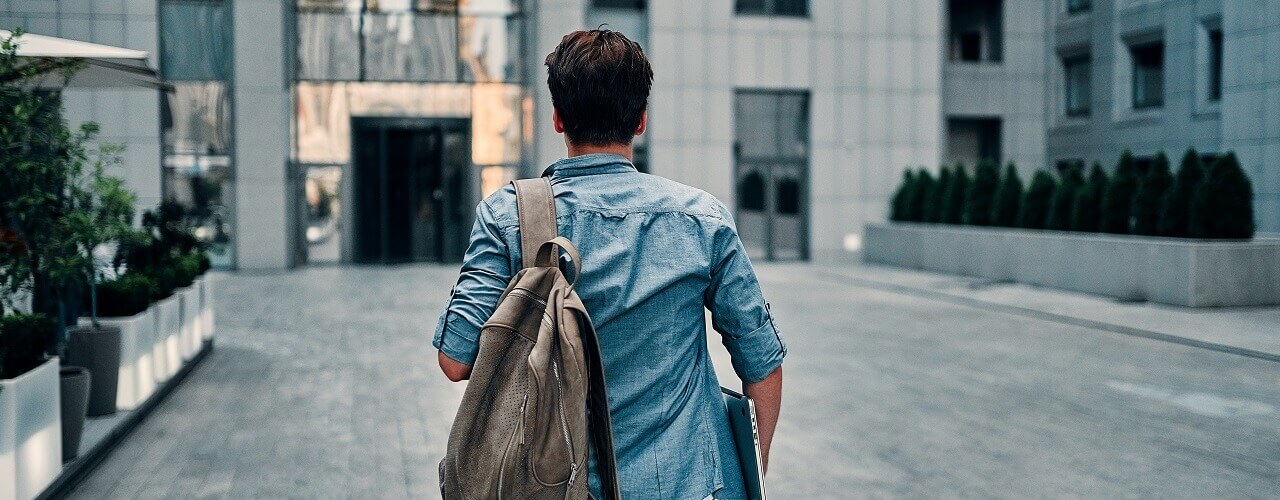How our treatment plans can help you regain strength and functions following a sports injury.
If you are a participating athlete who’s suffered a sports injury, you’re probably eager to get back in the game. Athletes require an incredible amount of physical capability and endurance to persist through activities, and while sports are a healthy outlet for many people, they do come with the risk of injury.
Sports injuries can significantly vary, from concussions to ankle sprains and everything in between. Depending on the severity of your symptoms, sports injuries can significantly impact your ability to achieve normal tasks. The Running Physio in Toronto, ON offers an innovative and unique sports physiotherapy approach for both injury recovery and prevention. We can help you make a safe and comfortable transition back into athletics with our customized treatment plans.
Whether you’re new to sports or a veteran on the field, our physiotherapists will work to find you relief. Call us today to schedule an appointment!
Common Sports Injuries
Our physiotherapists at The Running Physio in Toronto, ON not only help you resolve symptoms of your injury, but we will teach you preventative steps and safe practices while participating in activities.
Common types of sports injuries that we treat include:
- Overuse injuries: Overuse injuries result from repetition or incorrect form, which can lead to issues like Runner’s knee, tendinitis, and shin splints.
- Runner’s Knee: Also referred to as patellofemoral pain syndrome, runner’s knee is when damage to the cartilage occurs under the kneecap.
- Rotator cuff injury: A rotator cuff injury is a tear in the group of muscles and tendons that allow for rotation in your shoulder joint. This overuse injury can result from repetitive movements in baseball, tennis, and weightlifting.
- Sprains and strains: Sprains and strains are common among sports that involve repetitive injuries, such as figure skating and soccer. Sprains are when the ligaments in your body stretch or tear to the point of damage. Also referred to as a pulled muscle, a strain is the stretching or tearing of a muscle or a tissue connecting muscle to bone.
- Tennis elbow: Tennis elbow is a painful condition caused by the overuse of your elbow. Symptoms include weakness and pain on the outside of the elbow.
- Concussions (i.e., minor traumatic brain injury (TBI)): Concussions are common among football, hockey, gymnastics, soccer, and basketball. TBIs typically occur from a fall or a blow to the body that causes the head to shift rapidly back and forth.
- Post-surgical recovery: We can help you regain strength and movement following surgery. Some common surgeries performed on athletes include anterior cruciate ligament reconstruction for ACL tears, fractures (broken bone), and arthroscopy of the elbow for treating Tennis and Golfer's elbow.
- Sciatica: Sciatica is a type of pain that originates in the back and radiates down the buttocks, legs, or even the feet. Athletes with sciatica may experience numbness and tingling down the leg.
Our highly trained physiotherapists at The Running Physio in Toronto, ON are here to help you thrive in your recovery. We believe in a comprehensive, patient-centered approach, which means we consider your physical, psychological, and cognitive health factors.
Typical Symptoms of a Sports Injury
Sports injuries can affect your bones, muscles, tendons, ligaments, and other structures in the body. The signs and symptoms of a sports injury are dependent on the type of injury. Common symptoms include:
- Aches, pain, or tenderness.
- Bruising.
- Physical deformity, such as a bone or joint looking out of place.
- Limited range of motion.
- Grinding, cracking, clicking, or popping noise.
- Troubling bearing weight on your hip, leg, or foot.
- Stiffness/weakness.
- Swelling.
What to Expect out of Treatment at The Running Physio
Your physiotherapist will begin with a thorough assessment of your condition, its root cause, and current symptoms to help design an effective treatment plan. After examining your symptoms and other health factors, your provider will design a care plan that is tailored to your specific needs and recovery goals.
We will use a combination of treatments in recovery, including the following:
- Education: Our practitioners will offer guidance that you can apply to daily activities in order to decrease your likelihood of injury or pain. This will also help you make a safe transition as you return to athletics.
- Manual therapy: Your physiotherapist will use their hands to mobilize, manipulate, and massage the tissues in your body. This technique is an effective way to relieve stiffness and pain, improve blood circulation, and promote relaxation. Manual therapy techniques include:
- Soft tissue massage: Soft tissue massage can relieve pain and tension by targeting the soft tissues of the body. During treatment, our therapist will manipulate the tissues in your muscles, tendons, fascia, and ligaments with methods such as kneading and rubbing.
- Joint mobilization and manipulation: Our The Running Physio therapists use joint mobilization and manipulation to alleviate pain and stiffness in the joints. This works by guiding the joints and surrounding tissues through various movements.
- Mobilizations can range from mild to strong forces, whereas manipulation involves short, sharp movements. Both techniques work to reduce pain, improve your range of motion, and restore function.
- Myofascial release: Myofascial release therapy is a gentle massage used to reduce tightness and pain throughout your myofascial tissues. This works by applying gentle pressure to the fascial tissues until tension is released.
- Passive stretching: Passive stretching is fully led by your therapist while you rest your body in a specific position. This technique is intended to restore your range of motion and increase flexibility.
- Prescribed movement: Exercise and physical movement can help improve your function and mobility. These may include strengthening exercises to build endurance and restore lost functions or therapeutic exercises to help injured athletes return to full strength and function.
- Acupuncture: Acupuncture uses small, hair-thin needles to produce changes in nerves, muscles, connective tissue (fascia), hormones, and circulation. By stimulating specific points, this treatment releases the body’s painkillers and decreases inflammation.
Request an Appointment Today!
Our physiotherapists at The Running Physio in Toronto, ON provide long-term recovery solutions that don’t require medications or surgery. We will follow your treatment from beginning to end with the goal of healing symptoms, restoring functions, and putting preventative measures in place to avoid future injury.
Call us today to learn more and get started!








